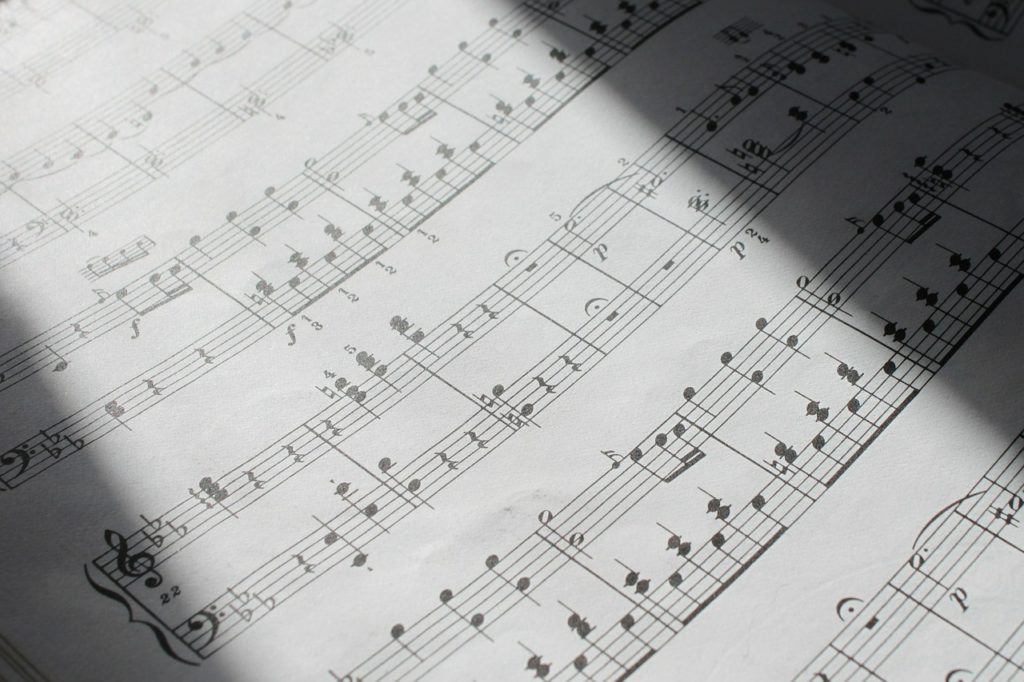 Is life’s song a transcendent composition or a collection of notes arranged in perceptible patterns? Characteristics common to contemporary life have accumulated, yet “life” is still not sufficiently characterized.1 Notwithstanding the lack of an adequate definition, life is universally acknowledged as being complex. Evolutionists assert a continuum of complexity bridging chemicals to creatures, but the minimum requirements for the simplest possible synthetic life-form are yet to be ascertained.2 What has been assumed to be “simple”3 may not have been so simple. Does Earth’s life reflect levels of increasing complexity or layers of irreducible complexity? Is life so complex that it must indeed be rare, or is it necessarily abundant throughout the universe?4,5 Is physical life (i.e., bacteria and plants) merely a “continual throughput of matter and energy,”6 distinguished from the inanimate only in death? If, according to Paul Davies, “[t]he living cell is crammed with miniature machines,”7 does death simply flip the switches to “off”? The question becomes even more complicated when considering soulish nephesh creatures or spiritual humans.
Is life’s song a transcendent composition or a collection of notes arranged in perceptible patterns? Characteristics common to contemporary life have accumulated, yet “life” is still not sufficiently characterized.1 Notwithstanding the lack of an adequate definition, life is universally acknowledged as being complex. Evolutionists assert a continuum of complexity bridging chemicals to creatures, but the minimum requirements for the simplest possible synthetic life-form are yet to be ascertained.2 What has been assumed to be “simple”3 may not have been so simple. Does Earth’s life reflect levels of increasing complexity or layers of irreducible complexity? Is life so complex that it must indeed be rare, or is it necessarily abundant throughout the universe?4,5 Is physical life (i.e., bacteria and plants) merely a “continual throughput of matter and energy,”6 distinguished from the inanimate only in death? If, according to Paul Davies, “[t]he living cell is crammed with miniature machines,”7 does death simply flip the switches to “off”? The question becomes even more complicated when considering soulish nephesh creatures or spiritual humans.
Apart from the philosophical or religious implications, origin-of-life researchers have their own set of concerns regarding the definition of life. Since science deals only with physical matter and processes, it is inherently reductionistic. Dr. Fazale Rana observes that “[u]nderstanding the operation of a system is not the same as explaining where it came from.”8 Unless life is reliably defined, how will researchers know when they have successfully found it or its origin?9 As they contemplate the possibility of chemical evolution on the early Earth, how fuzzy or distinct is the line that divides macromolecules and chemical reactions from independently functioning and replicating microbes? Is there anything actually primeval and vestigial lying within contemporary cells,10 or do such assertions by evolutionists simply beg the question? When they look beyond Earth, how might scientists identify life’s precursors or extraterrestrial life-forms fundamentally novel in structure and function? Are hopes to indefinitely extend human life grounded in solid science or is the dream of transhumanism merely a cruel distraction from a Creator who can truly bestow Life?
Even so, definitions still matter in the here and now. Validation of artificial, synthetic, or novel life in the laboratory will depend on the precision of life’s definition.”11 Scientists sometimes describe life’s complexity as being instructed, specified, contextualized, and organized, but will a positive case for intentional complexity be made? Intentionality implies a Mind and Volition. Has a such a Being likewise endowed us with some level of free will? Davies observes that animals (even bacteria) seem to contain “some inner spark that gives them autonomy, so that they can (within limits) do as they please.”12 Making use of our free will, to Whom will we credit our existence?
1 Fazale Rana, Creating Life in the Lab (Grand Rapids: Baker, 2011), Chapter 2.*
2 Ibid.
3 Fazale Rana and Hugh Ross, Origins of Life: Biblical and Evolutionary Models Face Off (Covina, CA: Reasons to Believe, 2014), 60.
4 Ibid, 51.
5 Iris Fry, The Emergence of Life on Earth: A Historical and Scientific Overview (New Brunswick, NJ: Rutgers University Press, 2000), Chapter 5, “Panspermia — Eternal Life in the Universe.”*
6 Paul Davies, The Fifth Miracle: The Search of the Origin and Meaning of Life (New York: Simon & Schuster Paperbacks, 2000), 37.
7 Ibid, 35.
8 Fazale Rana, Creating Life in the Lab (Grand Rapids: Baker, 2011), Chapter 2.*
9 Ibid.
10 Paul Davies, The Fifth Miracle: The Search of the Origin and Meaning of Life (New York: Simon & Schuster Paperbacks, 2000), 34, 49-50.
11 Fazale Rana, Creating Life in the Lab (Grand Rapids: Baker, 2011), Chapter 2.*
12 Paul Davies, The Fifth Miracle: The Search of the Origin and Meaning of Life (New York: Simon & Schuster Paperbacks, 2000), 36.
*Kindle version did not include page numbers.